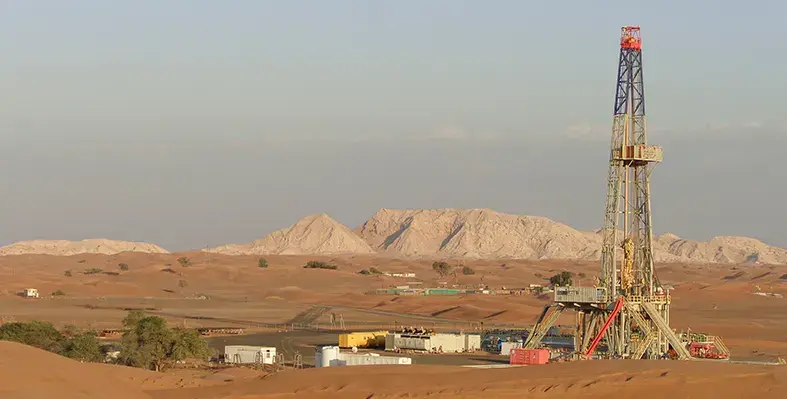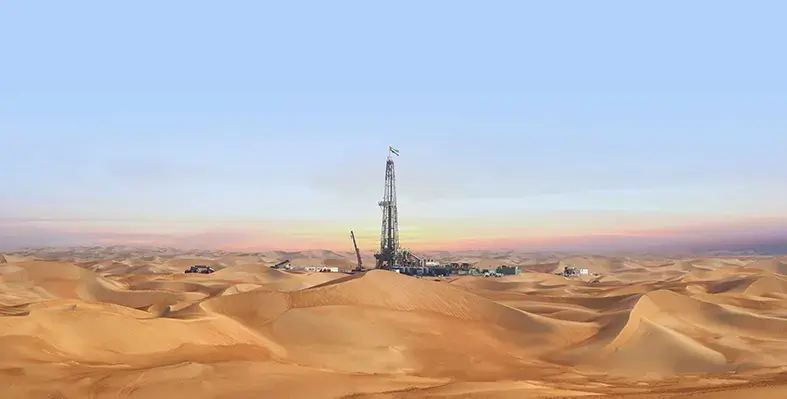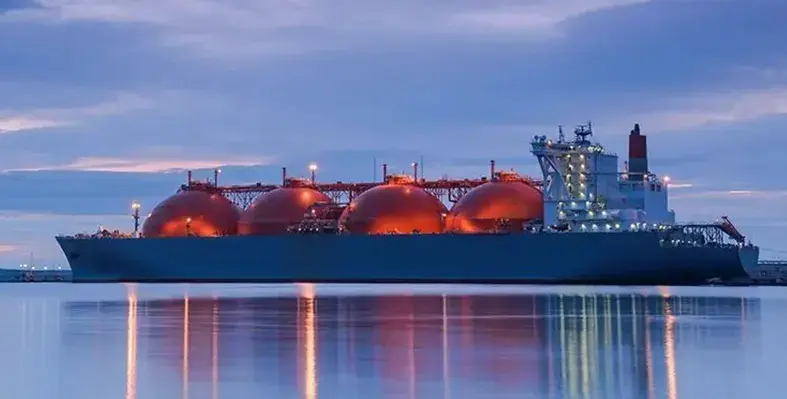ADNOC Gas has awarded US$5bn in contracts for the first phase of its Rich Gas Development (RGD) Project, its largest-ever capital investment
The contracts involve expanding key processing units to increase throughput and improve operational efficiency across the onshore Asab, Buhasa and Habshan facilities and the offshore Das Island liquefaction facility. The company intends to take FIDs on two additional phases of the RGD project at Habshan and Ruwais to boost production capacity to meet growing market demands.
The RGD project will enable the development of new gas reservoirs, which are key to boosting liquid gas exports, supporting gas self-sufficiency in the UAE, and providing essential feedstock to the country’s growing petrochemical industry. Phase 1 of the RGD project focuses on optimising and debottlenecking existing gas assets while unlocking new and valuable gas streams.
New contracts
EPCM contracts awarded for Phase 1 consist of a US$2.8bn contract awarded to Wood for the Habshan facility, one of the largest gas processing facilities in the world, US$1.2bn to Petrofac for the Das Island liquefaction facility and US$1.1bn to Kent plc for the Asab and Buhasa facilities.
At the Das Island liquefaction facility, Petrofac will provide EPCM services and oversee procurement and construction contracts to build a new inlet facility, two new gas dehydration and compression trains, each with a capacity of 420 million standard cubic feet per day (MMSCFD), and associated infrastructure. Petrofac will also upgrade existing facilities to increase the site’s capacity for collecting and transporting raw natural gas. These upgrades will significantly increase gas processing capacity to meet rising customer demand.
Located 160 km north-west of mainland UAE, the Das Island facility has been operational since 1977, and is the third longest LNG operation still in production globally. With a liquefaction capacity of six million metric tons per annum (MMtpa), it remains a key component of the nation’s LNG export strategy.
Wood’s EPCM package for the long-term gas processing facilities at the UAE’s Habshan facility includes the delivery of substantial upgrades and debottlenecking solutions to the existing Habshan and Habshan 5 gas processing mega-complexes and pipelines, including brownfield modifications and the installation of new facilities. Habshan is one of the largest gas process complexes in the world.
Ken Gilmartin, CEO at Wood, said: “ADNOC Gas’ RGD programme is pivotal to the UAE’s energy security strategy and broader economy. We’re proud to be at the heart of such a significant initiative.
“Wood gained extensive knowledge of Habshan delivering the front-end engineering design and we will deliver the EPCM phase while the facilities remain fully operational in order to sustain critical gas supply.”
Fatema Al Nuaimi, chief executive officer of ADNOC Gas, said, “The FID and contract awards for the first phase of the Rich Gas Development project mark a significant milestone in ADNOC Gas’ strategy to deliver +40% EBITDA growth between 2023 and 2029. This strategic investment is expected to deliver significant new value for our shareholders and enable continued sustainable growth for the company, our employees, and the UAE.”













